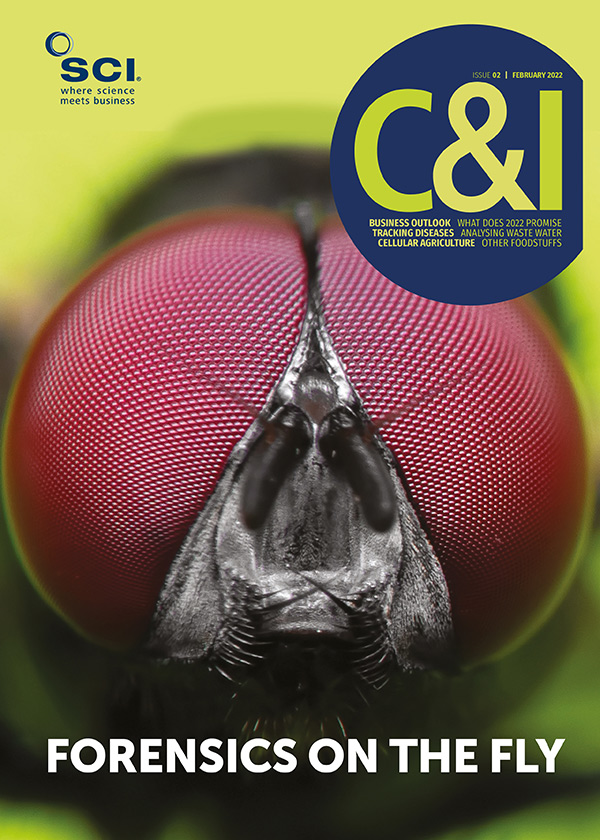MARIA BURKE
Singapore researchers have found a new use for recycled plastics found in electronic waste. They have repurposed them as laboratory cell culture containers, such as petri dishes.
In this study the team at Nanyang Technological University, Singapore sterilised three kinds of e-waste plastic with different surface features (Sci. Total Env., doi: 10.1016/j.scitotenv.2021.151085). Then they seeded human stem cells onto 1.1cm-wide circular discs of the materials, and a control group of polystyrene cell culture plates. A week later, they found that more than 95% of stem cells remained healthy in both groups.
‘E-waste plastics contain hazardous components which may get released into the environment if not disposed of properly,’ explains team leader Dalton Tay. ‘Interestingly, we found through our studies that certain e-waste plastics could successfully maintain cell growth, making them potential alternatives to the cell culture plastics used in labs today.’
Stem cells are often encouraged to differentiate or become specialised cells in a lab with the addition of a medium. The researchers added two types of medium – for bone and fat cells – into the cells on e-waste plastic and on polystyrene cell plates. After two weeks, they reported that a higher proportion of stem cells cultured on e-waste plastics successfully went through differentiation compared with those on the conventional plates.
The team also found that the stem cells grown on flat, smooth keyboard plastic and diffuser sheets were more likely to develop into bone cells, while stem cells cultured on the ridged prism sheets, were more likely to develop into fat cells.
‘Now, we have shown that e-waste plastics are a ready source of such microstructures that allow us to further study how stem cell development can be directed – the Holy Grail of regenerative medicine and more recently, lab-grown meat,’ says Tay.
‘This is interesting work, but it’s not a game-changer,’ comments Claire Barlow, a specialist in sustainability and materials engineering at Cambridge University, UK. ‘The finding that plastics seem to be able to “lock up” some toxic elements is useful: if this can be better understood, there may be wider implications for post-consumer plastic re-use and recycling.’
But the re-use procedure described here is labour-intensive and tailored to very specific applications in cell culture, she points out. ‘Making new items is going to be far cheaper and the total impact on the huge amount of e-waste is going to be tiny. [Also] the presence of toxic materials is going to be proble-matic, whether or not they leach out. Use of recycled materials in sensitive applications – including food and pharma-ceuticals – is very heavily regulated.’





